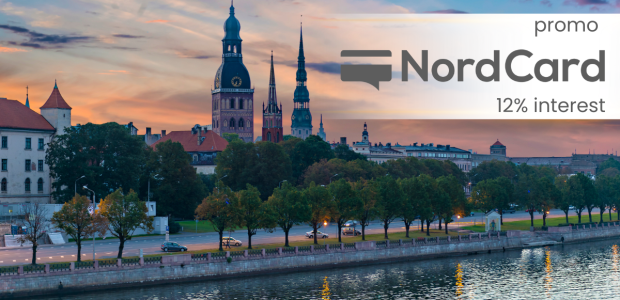The alternative financing is becoming more and more popular on the global financial stage. At the same time, it is gating significant traction in Europe as well. Alternative financing may have many forms, but the most popular and with the most prominent stake is the peer-to-peer lending.
What is peer-to-peer lending?
Peer-to-peer lending is the practice to borrow funds through an online platform, which connect you directly with individual lenders or investors as many platforms refer to their lenders. The companies offering such loans are operation entirely online, with lower operational costs in comparison with traditional financial institutions. It allows borrows to have more flexible interest on their loans and allows the investors to have more attractive returns.
On the other hand, the p2p lending companies get for being an intermediary between borrowers and lenders a percentage of every funded loan through the platform. It’s their primary job. The most of those loans are not secure with collaterals and are issued to fund business operations.
The lenders determine the interest on the issued loans in many cases on reverse auctions basis or biding for the lowest interest offered. Another way to fund the credits is with fixed interest, based on the individual credit rating of the borrower. Some platforms to mitigate the risk of “bad loans” offer to their lenders to decide whether to fund a particular borrower or nor to do it.
How was peer-to-peer lending born?
After the financial crises of 2008 many borrowers started to seek access to loans with lower interest rates and more flexible conditions. On the other hand, investors began to look for a better return on their investments. The banks were in tough economic conditions and were unable to answer the demands of the customers. It created a severe gap in the lending industry., which was filled by the p2p lending platforms. Those platforms have the advantage of a minor regulatory frame, allowing them to be more flexible than their bigger rivals from the traditional lending industry. In the recent years, the peer-to-peer lending industry has gained significant traction and growth in the well-developed countries with active financial markets.
In the US though peer-to-peer lending platforms were funded more than 6,6 Billion Dollars in loans or a growth of 128% in the past year. The country is the biggest market in volume, according to research conducted by BIntelligence. In regards to an individual loan issued UK is surpassing the US, with 78%. Many researchers believe the Europe is the next market that will have a significant growth surge.
Alternative finance markets in Europe has reached nearly 3 Billion EUR in 2014, which is 144% yearly growth, according to Business Insider. In France, for example, the relevantly small p2p lending market has grown by 4000% in the past year, to 8.2 million euros. The peer-to-peer lending is getting traction in Germany, Sweden, and Netherlands.
What is the process in peer-to-peer lending?
The customer applies for a loan on the website of the selected platform. The platform determines his/hers “credit rating” and its solvency. If approved, the platform sett ups the conditions, including the interest rate. The platform presents the borrower’s profile to potential investors whose requirements are covered by the borrower. An investor or group of investors agree to provide all or part of the amount requested by the borrower. A third party, a partner bank, effectively issues the actual amount and supplied to the borrower, which removes the legal obstacles associated with mandatory provisioning requirements.
Investors give the platform funds to buy it from the bank. The borrower pays to the platform the due amounts, which are returned to the investors respectively. It should be clear that P2P lending platforms are only intermediaries in linking the interests of creditors and borrowers. They do not carry any risk associated with bad credit and thus manage to maintain low operating costs and therefore provide more favorable interest rates.
 en
en 







